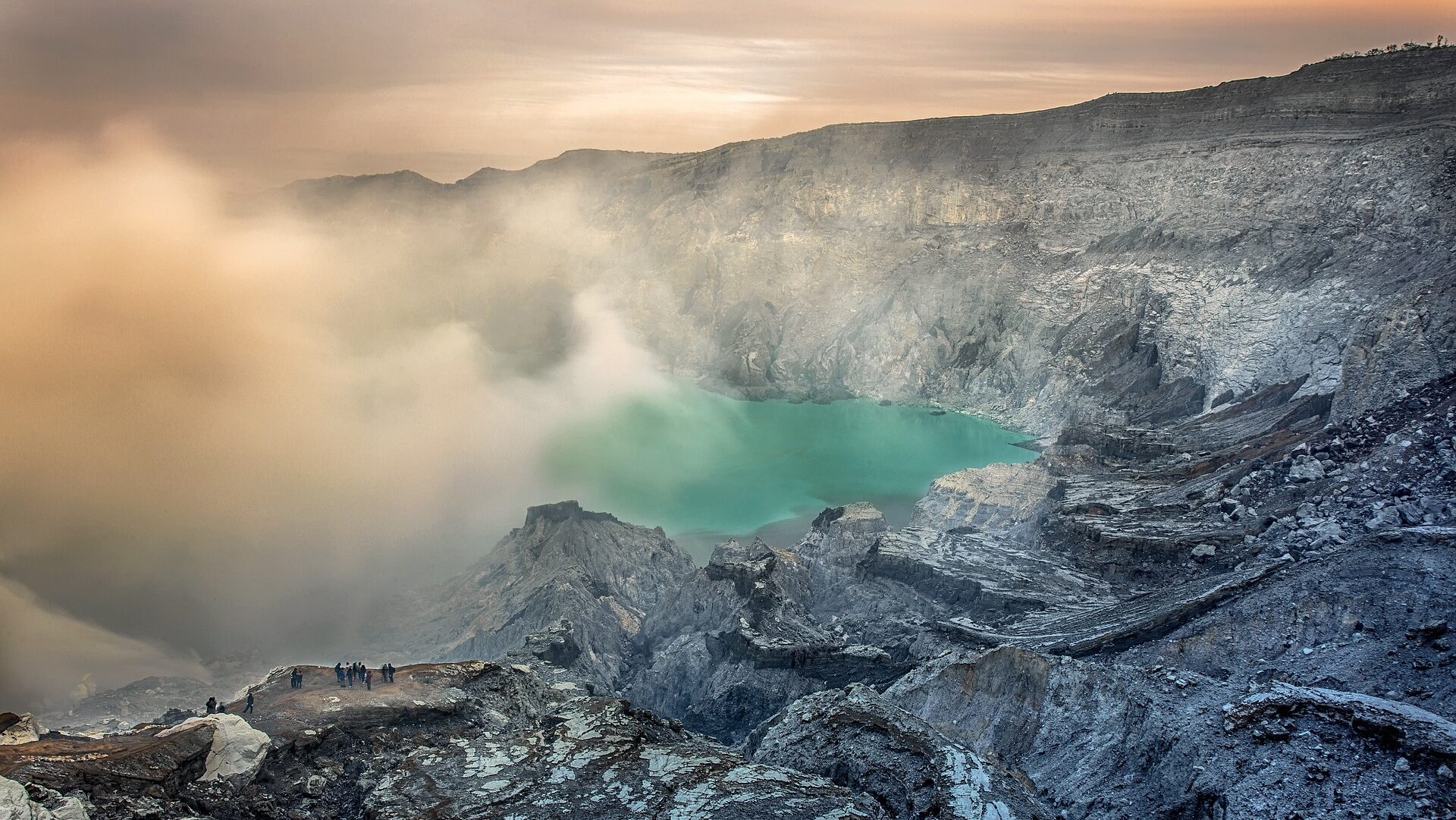Reading Time – 7 Minutes, Difficulty Level 1/5
In a world driven by information and discovery, science communication has become more important than ever before. Breaking down complex scientific concepts and making them accessible to the general public is a skill that requires a unique blend of knowledge, creativity, and effective communication. But what exactly is science communication, and why does it matter?
Science communication encompasses the art of conveying scientific information in a way that is easily understandable and relatable to diverse audiences. It is not just about simplifying complex jargon, but also about capturing the imagination and curiosity of the readers. By bridging the gap between scientists and the public, science communication plays a vital role in promoting scientific literacy, fostering informed decision-making, and encouraging public engagement with science. In this article, we will delve deeper into the significance of science communication, exploring how it influences our daily lives and shapes our understanding of the world around us.
The Importance of Science Communication
Science communication is crucial because it allows for the dissemination of scientific knowledge beyond the confines of academic journals and research institutions. It brings science to the masses, allowing people from all walks of life to understand and appreciate the impact of scientific discoveries on their daily lives. From explaining the benefits of vaccinations to discussing the implications of climate change, effective science communication helps society make informed choices and shape policies that are grounded in evidence-based research.
Furthermore, science communication enhances public trust in science. In an era of misinformation and fake news, it is essential to have reliable sources that can clarify complex scientific topics and debunk myths. By presenting scientific information in a clear and accessible manner, science communicators build credibility and help combat the spread of misinformation.
Science Communication in the Digital Age
With the rise of the internet and social media, science communication has found new avenues for reaching audiences. Online platforms provide a wealth of opportunities for sharing scientific information, engaging with the public, and fostering dialogue. Websites, blogs, podcasts, and YouTube channels dedicated to science communication have gained immense popularity, making science more accessible and engaging for the general public.
However, the digital age also brings challenges. The abundance of information online can be overwhelming, and separating reliable sources from unreliable ones can be a daunting task. Science communicators must navigate this landscape by providing accurate and trustworthy content, while also adapting to the fast-paced nature of online platforms.
Types of Science Communication
Science communication takes various forms, tailored to different audiences and mediums. One common type is popular science writing, where scientific concepts are explained in a way that is engaging, relatable, and free from technical jargon. Popular science books, articles, and blogs cater to a wide range of readers, from science enthusiasts to those with little to no scientific background.
Another form of science communication is science journalism. Journalists play a crucial role in translating complex scientific research into news stories that are accessible to the general public. They investigate scientific developments, interview experts, and present the information in a way that is both informative and engaging.
Science communication also extends to visual and multimedia formats. Infographics, videos, and animations can be powerful tools for simplifying complex concepts and making them visually appealing. By combining visuals with clear explanations, science communicators can reach a broader audience and enhance understanding.
Science Communication Best Practices
To effectively communicate science, certain best practices should be followed. First and foremost, science communicators must understand their audience. Different demographics have different levels of scientific literacy and interests, and tailoring the message to meet their needs is crucial. By using relatable examples and analogies, science communicators can make scientific concepts more accessible and engaging.
Another important aspect of science communication is storytelling. Humans are naturally drawn to narratives, and storytelling can make scientific information more relatable and memorable. By framing scientific concepts within a compelling narrative, science communicators can capture the attention and imagination of their audience.
Additionally, visuals play a significant role in science communication. Clear and visually appealing graphics, illustrations, and diagrams can help simplify complex information and aid in understanding. Using a combination of text and visuals can make the content more engaging and accessible to a broader audience.
The Role of Scientists in Science Communication
Scientists also have a responsibility to communicate their research effectively to the public. While their primary focus is often on conducting research and publishing papers, scientists must also be able to articulate their findings in a way that is accessible to non-experts. By engaging with the public, scientists can share their knowledge, inspire the next generation of researchers, and foster a culture of scientific curiosity.
However, many scientists face obstacles when it comes to science communication. The pressure to publish, limited time, and a lack of training in communication skills can make it challenging for scientists to effectively engage with the public. To address these challenges, institutions and universities should provide scientists with resources and support to enhance their science communication skills.
Challenges in Science Communication
Despite its importance, science communication faces several challenges. One of the main challenges is the so-called “science communication deficit,” where the public’s understanding of science lags behind scientific advancements. This deficit can be attributed to various factors, including the complexity of scientific concepts, limited access to scientific information, and the spread of misinformation.
Another challenge lies in the polarization of science-related topics. Issues such as climate change and genetically modified organisms (GMOs) have become highly politicized, making it difficult to have rational and evidence-based discussions. Overcoming these challenges requires science communicators to build trust, foster dialogue, and present the information in a way that is inclusive and respectful of diverse perspectives.
Science Communication in the Media
The media plays a crucial role in shaping public perceptions of science. News outlets have the power to influence public opinion by the way they frame scientific stories. However, there is often a mismatch between how scientific research is portrayed in the media and the actual findings. Sensationalism, oversimplification, and cherry-picking of scientific studies can lead to misunderstandings and contribute to the spread of misinformation.
To improve science communication in the media, it is essential for journalists and scientists to work together. Journalists should strive to accurately represent scientific research, while scientists should be proactive in engaging with the media and providing reliable information. Collaboration between scientists and journalists can ensure that scientific stories are presented in a balanced and informative manner.
Science Communication in Education
Science communication should not be limited to the domain of scientists and journalists. It should also be integrated into the education system from an early age. By incorporating effective science communication practices into science curricula, students can develop critical thinking skills, scientific literacy, and an appreciation for the scientific method.
Teachers play a vital role in science communication by fostering curiosity and encouraging students to ask questions. By promoting hands-on experiments, interactive learning, and real-world applications of scientific concepts, educators can make science more engaging and relatable.
Furthermore, science museums and science festivals provide opportunities for the public to interact with scientific concepts in a fun and interactive way. These informal learning environments help bridge the gap between scientists and the public, fostering a sense of wonder and curiosity.
Science communication is a powerful tool that bridges the gap between scientists and the public. By making complex scientific concepts accessible and engaging, science communicators contribute to scientific literacy, informed decision-making, and public engagement with science. In an age of information overload and misinformation, effective science communication is more important than ever. By understanding the significance of science communication and implementing best practices, we can foster a society that values scientific knowledge and embraces evidence-based decision-making. So, let’s break down the barriers and make science accessible to all.

Although not a typical scientist, I adore languages, technology, space, literature, and history. BA Honors Degree in Anthropology and English. Daughter of a physicist/engineer and descendant of an esteemed astronomer ancestor (heliocentric model of the solar system, anyone?). I aim to make my own mark by promoting lifelong learning in all fields. A total dork for Star Trek, Star Wars, Indiana Jones, Outlander, Quantum Leap and anything Futuristic/Sci-Fi or Dystopian.








